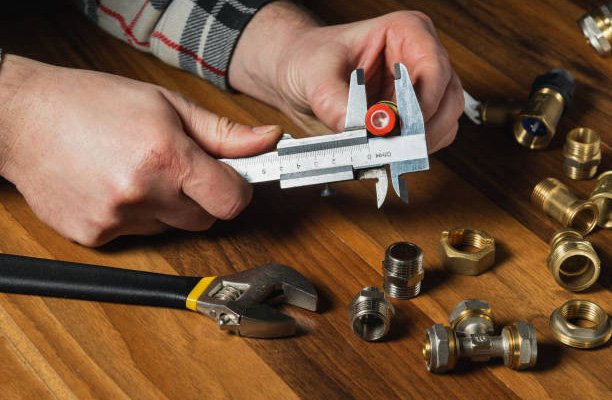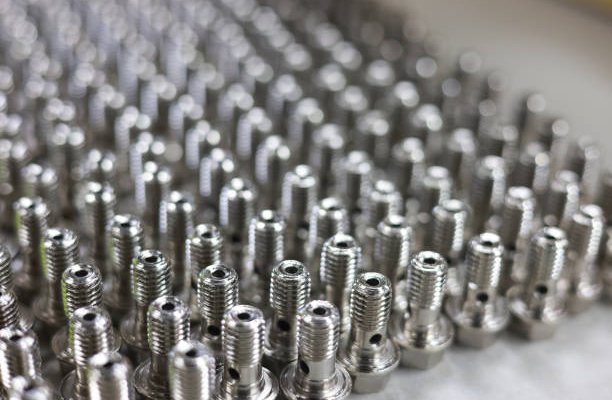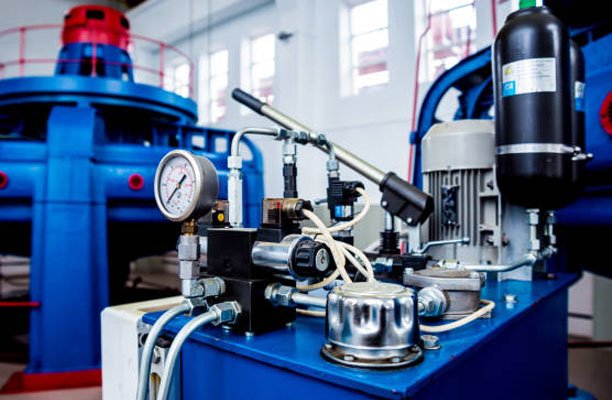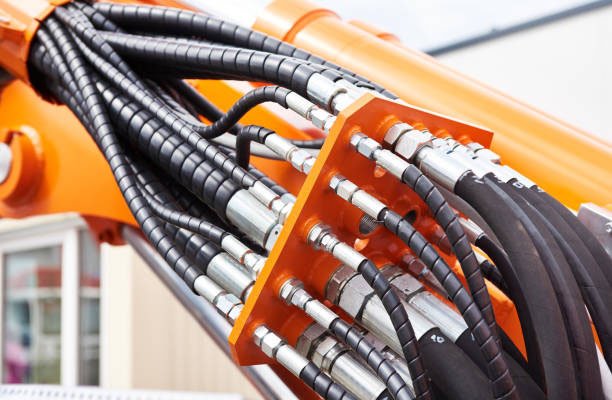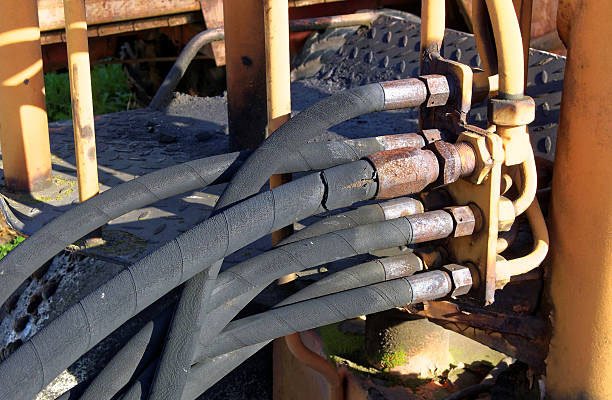Crimp fittings play a vital role in a wide range of industries, ensuring the secure connection of hoses, pipes, or electrical conductors. Whether in hydraulic systems, automotive applications, or industrial machinery, these fittings are designed to provide leak-proof and reliable performance. However, the safety and functionality of crimp fittings depend heavily on their precise measurement and installation. Improperly measured or applied crimp fittings can lead to severe consequences, such as system failures, environmental hazards, and safety risks. Consequently, this article delves into the importance of measuring crimp fittings, exploring its role in maintaining safety, improving efficiency, and ensuring long-term system integrity.
What Are Crimp Fittings?
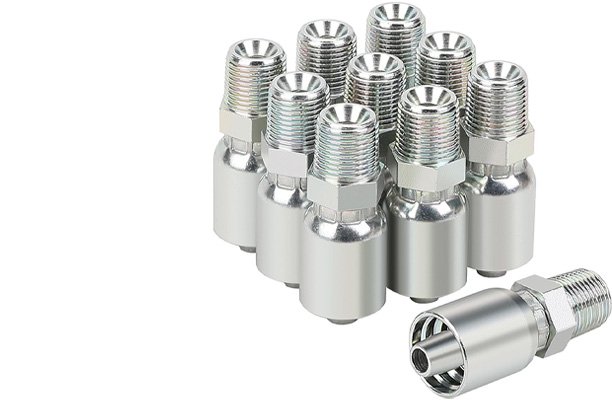
Crimp fittings are mechanical devices used to connect flexible hoses, cables, or tubing to a stable connector, ensuring a leak-proof and durable bond. Typically utilized in hydraulic, pneumatic, and electrical systems, they provide a secure attachment without the need for welding or soldering. Specifically, crimping involves compressing a fitting onto the hose or cable using a specialized crimping tool, thereby creating a tight seal.
The Importance of Crimp Fittings in Safety-Critical Systems
Crimp fittings are often employed in safety-critical environments where failure can have catastrophic outcomes. For instance:
- Hydraulic Systems: In industries like construction and manufacturing, hydraulic hoses must withstand high pressures. Poorly crimped fittings can result in dangerous leaks or bursts.
- Automotive Applications: Brake lines and fuel hoses rely on secure crimp fittings to prevent fluid loss or exposure to hazardous materials.
- Electrical Systems: In electrical wiring, crimp connectors ensure a consistent and safe connection, reducing the risk of short circuits or electrical fires.
Measuring crimp fittings accurately during installation and inspection is vital to avoid these risks.
How Crimp Fittings Work
Crimp fittings operate by compressing a ferrule or sleeve around a hose or wire, thereby creating a mechanical lock. Furthermore, the dimensions of the fitting must precisely match the hose or cable specifications to ensure:
- Seal Integrity: Preventing leaks and contamination.
- Load Bearing: Withstanding operational stresses without failure.
- Safety Compliance: Meeting industry-specific standards.
Measuring crimp fittings ensures that all components align properly, supporting these objectives.
Why Measuring Crimp Fittings Is Crucial for Safety
1. Preventing System Failures
Improperly sized crimp fittings can lead to leaks, bursts, or disconnections. For example:
- An oversized crimp fitting may not create an adequate seal, leading to fluid or gas leaks.
- An undersized fitting may cause excessive compression, weakening the hose or cable and resulting in failure under stress.
Accurate measurements during installation mitigate these risks, ensuring the fitting matches the application requirements.
2. Enhancing Operational Efficiency
Faulty crimp connections can lead to downtime, maintenance costs, and operational inefficiencies. Therefore, accurately measuring crimp fittings is crucial to reduce the likelihood of premature failures, thereby improving system reliability and minimizing costly interruptions.
3. Ensuring Compliance with Standards
Industries such as aerospace, automotive, and construction maintain strict safety and performance standards. Consequently, measuring crimp fittings is essential to meet these requirements and ensure that the system complies with regulatory guidelines. Moreover, non-compliance can result in legal liabilities, fines, or safety recalls.
4. Protecting Personnel and Equipment
Faulty crimp connections can pose serious safety risks to workers and damage expensive equipment. For instance:
- A ruptured hydraulic hose can cause high-pressure fluid ejection, potentially leading to injuries or fatalities.
- Electrical arcing due to a poor crimp connection can result in fires or equipment damage.
Common Tools for Measuring Crimp Fittings
Accurate measurement of crimp fittings requires specialized tools and techniques. Common tools include:
1. Calipers
Digital or manual calipers are used to measure the diameter of the crimp fitting and the hose or cable.
2. Go/No-Go Gauges
These gauges check whether the crimp fitting falls within acceptable tolerances.
3. Crimp Diameter Charts
Manufacturers provide charts specifying the correct crimp diameter for different hose sizes and materials.
4. Micrometers
Micrometers provide precise measurements for critical dimensions of crimp fittings.
Best Practices for Measuring Crimp Fittings
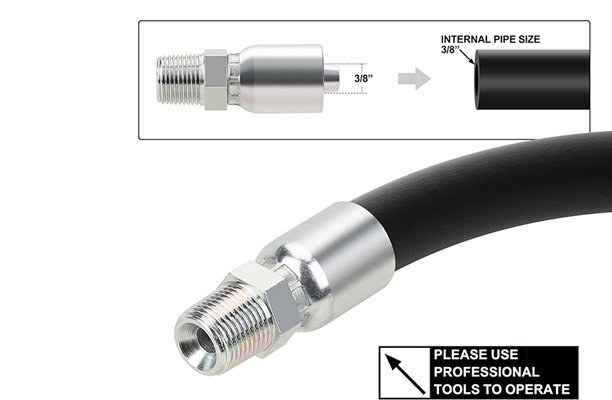
To ensure safety and performance, follow these best practices:
1. Use Manufacturer Specifications
Always refer to the manufacturer’s guidelines for crimp dimensions and tolerances.
2. Conduct Pre-Installation Checks
Measure all components before installation to confirm compatibility.
3. Inspect Regularly
Perform periodic inspections to detect wear or damage to crimp fittings.
4. Train Personnel
Ensure that workers handling crimp fittings are trained in measurement techniques and the use of tools.
5. Document Measurements
Maintain records of crimp measurements for compliance and traceability.
Consequences of Neglecting Proper Measurement
Failing to measure crimp fittings accurately can lead to several issues:
1. Environmental Hazards
Leaks from poorly crimped fittings can release hazardous materials, causing environmental contamination.
2. Costly Repairs
System failures often result in expensive repairs, downtime, and replacement costs.
3. Legal and Regulatory Penalties
Non-compliance with safety standards can lead to legal consequences and reputational damage.
4. Loss of Life
In extreme cases, faulty crimp fittings can result in injuries or fatalities, particularly in high-pressure systems or electrical applications.
Industry-Specific Applications of Crimp Fittings and Measurement
1. Hydraulic Systems
Hydraulic systems in construction, mining, and manufacturing rely on precise crimp fittings to handle high-pressure fluid transmission.
2. Aerospace and Defense
Aircraft fuel and hydraulic systems require crimp fittings that meet stringent safety and performance standards.
3. Automotive Industry
Brake lines, fuel hoses, and air conditioning systems in vehicles depend on properly measured crimp fittings.
4. Electrical Applications
In power transmission and electronics, crimp connectors ensure safe and reliable electrical connections.
Crimp Fitting Standards and Certifications
- SAE Standards (Society of Automotive Engineers)
- Widely used in automotive and aerospace applications, SAE standards ensure fittings meet specific pressure, temperature, and material requirements. Consequently, adherence to these standards is crucial for maintaining the safety and performance of systems in these critical industries.
- For instance, SAE J517 specifies performance for hydraulic hoses and fittings.
- ISO Standards (International Organization for Standardization)
- ISO certifications provide global standards for crimp fittings, covering areas such as fluid power systems and high-pressure hoses.
- For example, ISO 8434-1 details requirements for metallic tube fittings.
- ASTM Standards (American Society for Testing and Materials)
- Focuses on the material properties and testing methods for fittings to ensure they withstand extreme conditions.
- DIN Standards (Deutsches Institut für Normung)
- Commonly used in Europe, these standards define dimensions and performance criteria for crimp fittings, particularly in hydraulic and pneumatic systems.
- API Standards (American Petroleum Institute)
- Relevant in the oil and gas industry, these standards ensure fittings can handle corrosive and high-pressure environments.
The Cost of Neglecting Proper Crimp Fitting Measurement
Neglecting the accurate measurement of crimp fittings can result in severe consequences, ranging from financial losses to environmental and safety hazards. Understanding these costs underscores why precise measurements are not just a technical necessity but a business imperative.
1. Financial Costs
- Repair and Replacement: Incorrectly measured crimp fittings may lead to leaks, bursts, or system failures, requiring expensive repairs or replacements. Consequently, precise measurement and installation are imperative to avoid these costly and disruptive issues.
- Downtime: A failed crimp connection can halt operations, causing productivity losses. For example, in manufacturing, even a few hours of downtime can translate to significant revenue losses.
- Increased Maintenance Expenses: Faulty crimp fittings often result in recurring maintenance issues, increasing operational costs over time.
2. Safety Risks
- Injuries and Fatalities: Failed crimp fittings in high-pressure systems can cause leaks or ruptures, posing a risk to workers.
- Example: A ruptured hydraulic hose ejecting high-pressure fluid can cause severe injuries.
- Equipment Damage: System failures can lead to the destruction of expensive machinery or components, compounding financial losses. Therefore, it is crucial to maintain rigorous checks and balances to prevent such catastrophic outcomes.
3. Legal and Regulatory Penalties
- Non-Compliance Fines: Failing to meet industry standards can result in penalties or legal action from regulatory bodies.
- Liability for Accidents: In cases where improper crimping leads to accidents, organizations may face lawsuits or compensation claims.
- Reputational Damage: Non-compliance and accidents tarnish a company’s reputation, affecting customer trust and market competitiveness.
4. Environmental Consequences
- Leaks and Spills: Improperly measured crimp fittings can cause hazardous fluid or gas leaks, leading to environmental contamination.
- Clean-Up Costs: Addressing spills or contamination often involves expensive remediation efforts, regulatory fines, and reputational harm.
5. Long-Term Operational Disruptions
- Customer Dissatisfaction: Delays or failures caused by faulty crimp connections can harm customer relationships and lead to lost business.
- Supply Chain Impact: Frequent system failures disrupt the supply chain, affecting production schedules and delivery timelines.
Conclusion
Measuring crimp fittings is a critical step in ensuring the safety, reliability, and efficiency of systems across various industries. Accurate measurements prevent system failures, reduce risks, and ensure compliance with safety standards. Consequently, meticulous attention to detail during the measurement process is essential for maintaining optimal system performance and adhering to regulatory requirements. By adopting modern tools and best practices, industries can enhance the performance of their systems and protect both personnel and the environment. Properly measured crimp fittings are not just a technical necessity—they are a cornerstone of operational safety and integrity.
FAQs
1. What happens if a crimp fitting is improperly measured?
An improperly measured crimp fitting can result in leaks, system failures, or safety hazards, depending on the application.
2. How can I ensure accurate measurement of crimp fittings?
Use the manufacturer’s specifications, employ precise measurement tools, and conduct thorough inspections during installation.
3. What are the signs of a faulty crimp fitting?
Signs include visible leaks, irregular hose deformation, or loose connections.
4. Are there specific standards for crimp fittings?
Yes, industries like aerospace and automotive have specific standards, such as SAE and ISO certifications.
5. Can technology improve crimp fitting safety?
Yes, advancements like smart crimping machines and laser measurement tools enhance accuracy and safety.
6. How often should crimp fittings be inspected?
Regular inspections should be conducted based on the system’s operational intensity and manufacturer recommendations.

